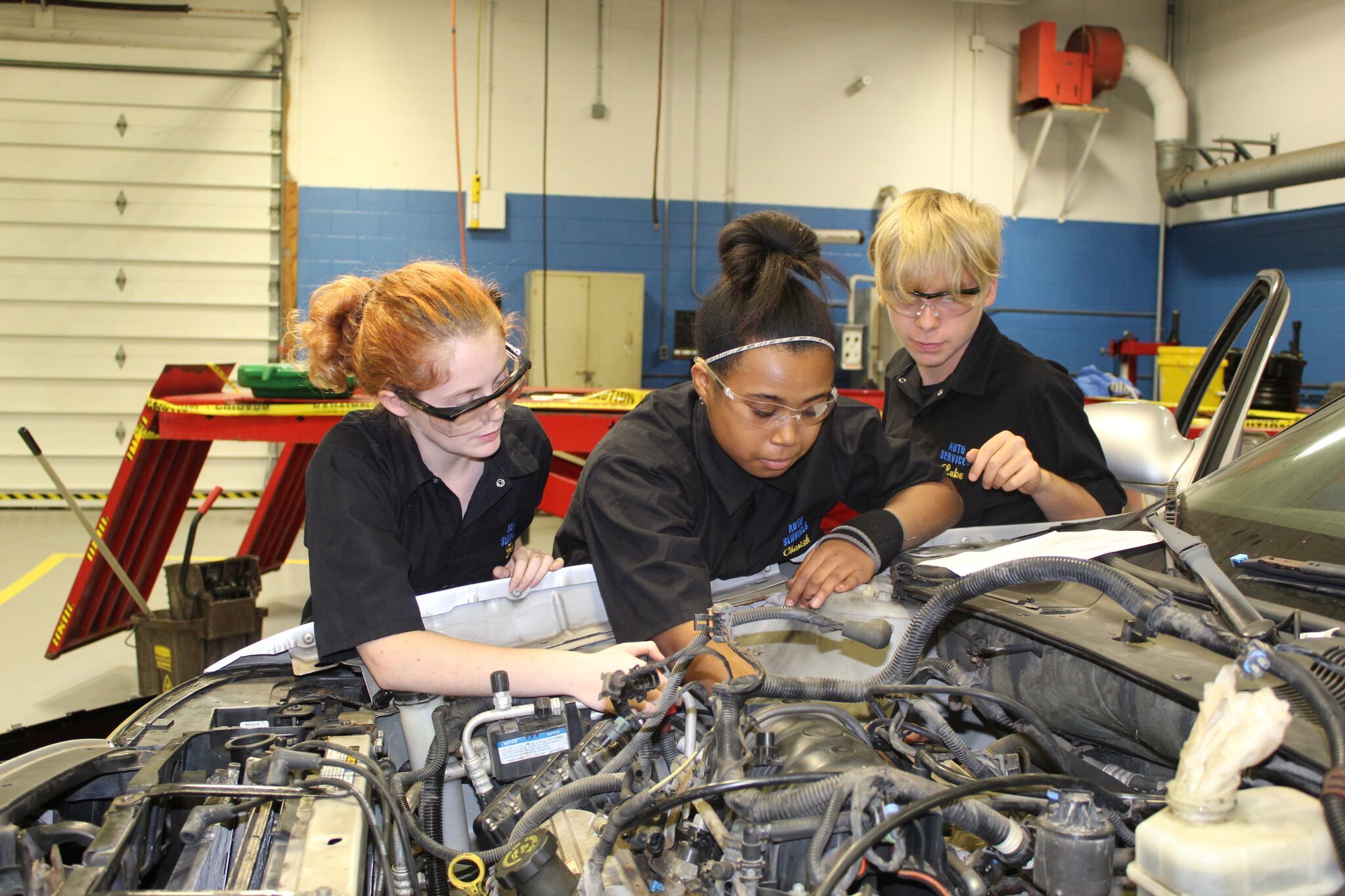All Categories
Featured

Two vital services that are frequently overlooked however have a substantial effect on tire long life and performance are tire rotation and alignment. Let's dive right into what tire turning and placement are and why they're essential for your auto.
What Is Tire Turning? Tire rotation is the process of relocating your tires from one setting to one more to ensure they use uniformly. Considering that your auto's tires operate at different prices depending upon their position (front tires versus back tires), revolving them routinely helps to distribute the wear evenly, bring about a longer life-span for your tires.
Tires on the front axle tend to use faster than those on the back axle, particularly in front-wheel-drive automobiles, where the front tires handle both steering and power. On the various other hand, back tires might put on unevenly relying on the vehicle's weight circulation and driving problems. By turning your tires every 6,000 to 8,000 miles (or as suggested by the maker), you'll make certain a much more balanced wear pattern.
What Is Tire Alignment? Tire positioning, likewise called wheel positioning, refers to readjusting the angles of your automobile's wheels to the producer's requirements. Appropriate placement ensures that your tires are aiming in the right direction, and it helps make the most of tire life and boost lorry handling. There are 3 main facets of alignment: camber, wheel, and toe.
Camber describes the tilt of the tires from the front of the car. If your tires are slanted excessive internal or exterior, it can create irregular wear. Wheel refers to the angle of the steering axis when seen from the side of the vehicle. This influences the security of the steering, particularly when driving right. Toe describes the angle at which the tires point internal or exterior when watched from above. This affects how your automobile tracks when traveling. A proper positioning guarantees that all 4 tires are directing straight in advance and are angled properly. Imbalance can arise from striking splits, curbs, or merely from the wear of suspension components in time.
Why Tire Rotation and Alignment Matter. Extended Tire Life. Both tire turning and alignment help avoid uneven tire wear. When your tires use evenly, they last much longer, which can save you money in the lengthy run by reducing the need for premature replacements.
Improved Security. Proper tire rotation and placement improve vehicle stability and handling. Misaligned tires or unevenly used tires can adversely affect your capacity to guide and quit your lorry, particularly in emergency situation scenarios. Normal maintenance guarantees your tires carry out ideally, giving a safer driving experience.
Better Fuel Effectiveness. If your tires are not straightened appropriately, they might drag against the road surface, triggering resistance. This added friction can lower fuel effectiveness, creating your car to take in more gas. Normal tire placement guarantees that your car moves successfully, enhancing gas mileage.
Improved Comfort. Imbalance or erratically used tires can result in a rougher trip, as your vehicle might draw away or trigger resonances. By keeping your tires rotated and straightened, you'll appreciate a smoother and more comfortable driving experience.
Signs That Your Tires Required Rotation or Positioning. It's necessary to stay alert for any kind of signs that your tires require rotation or alignment. Keep an eye out for these typical indicators:
Unequal Tire Put On: If you observe that tire is significantly much more worn than the others, it may be time for a turning or alignment. Guiding Pull: If your vehicle pulls to one side while driving right, this could suggest imbalance. Resonances: If you really feel vibrations in the steering wheel or the vehicle itself, it can be an indicator of misalignment or uneven tire wear. Squealing Tires: Unusual tire sound can additionally suggest inappropriate alignment or the requirement for a tire rotation. How Frequently Should You Revolve and Straighten Your Tires? Tire rotation ought to generally be done every 6,000 to 8,000 miles or as specified in your lorry's owner's handbook. It's an excellent idea to turn your tires throughout every oil adjustment, as this will certainly help you remain on top of regular upkeep.
As for alignment, it does not need as frequent solution. Usually, alignment ought to be checked at the very least when a year or whenever you see concerns like pulling to one side or vibration. You might likewise require positioning if you have actually hit a huge fracture or aesthetic, which can toss your wheels out of positioning.
Final Thought: Maintain Your Tires in Leading Forming. Tire rotation and positioning are important services that keep your car running smoothly, safely, and successfully. By taking the time to have your tires turned and lined up regularly, you're buying your automobile's performance and durability, while likewise improving your safety on the roadway. Remain proactive with tire maintenance, and your automobile will certainly thank you with far better fuel economic situation, enhanced handling, and extended tire life.
Latest Posts
Reputable Expenses Door Solutions for Houses and Organizations
Discover Oil Changes & More: Complete Auto Care Solutions from Montclare Auto Repair
How Regular Auto Maintenance at Montclare Auto Repair Reduces Costs
More
Latest Posts
Reputable Expenses Door Solutions for Houses and Organizations
Discover Oil Changes & More: Complete Auto Care Solutions from Montclare Auto Repair
How Regular Auto Maintenance at Montclare Auto Repair Reduces Costs
